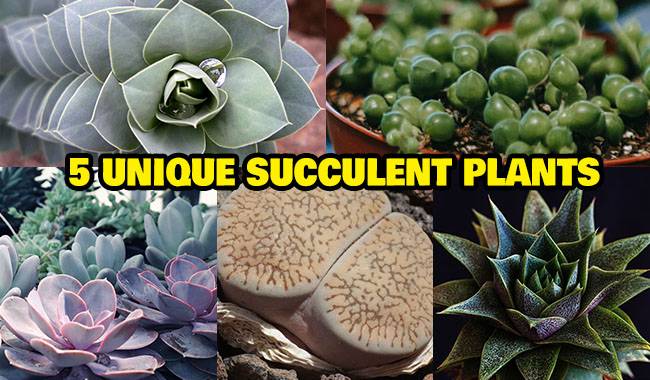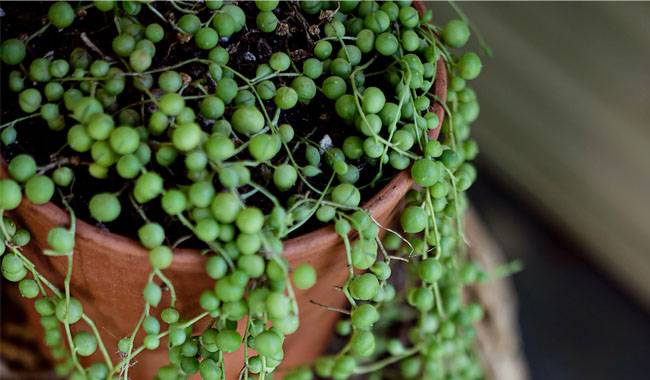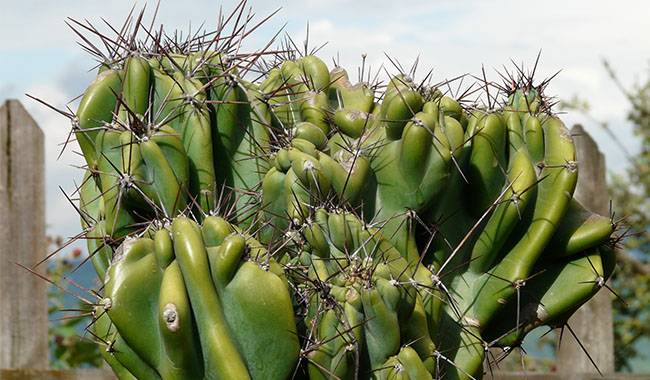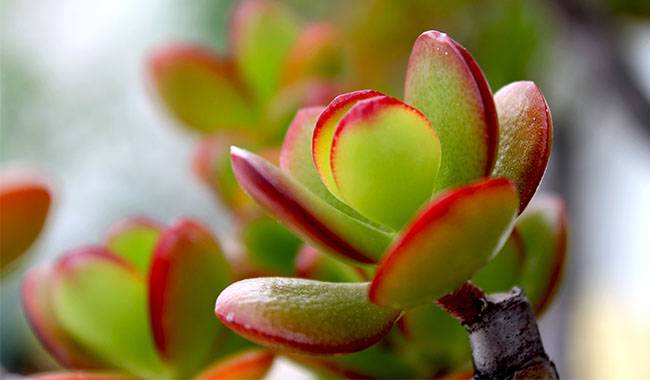
The succulent plant Crassula, also called Pigmyweeds, is a genus of carnivorous plants, which are members of the family Staphylinidae (Crassulaceae). According to various sources, the genus has between 300 and 500 different species (about 200 recognized species), including the popular jade plant (Crassula ovata). More than 200 species can be found in South Africa and many more in Madagascar and tropical Africa. Some are located in the southern Arabian Peninsula, but mainly in the southern hemisphere. Its name comes from the word “Crassus,” which translates as “thick,” because most species have fleshy leaves. The most common species grown at home is Crassula, also called “lucky tree” or “money tree.” However, many other Crassula species are also grown as houseplants.
SHORT DESCRIPTION OF CULTIVATED CRASSULA
- Flowering. Crassula grows as an ornamental leafy plant.
- Brightness. It grows well in bright sunlight but also in bright but diffused light and shade. East, south, and southwest-facing windows are suitable.
- Temperature. In summer, the average room temperature. In winter, from 50-59 °F (10-15°C).
- Watering. it when the soil’s surface is dry to a depth of 20-30 mm.
- Moisture. Any type of moisture is appropriate.
- Fertilizer. During intensive growth, fertilize once in 4 weeks, using a fertilizing solution for succulents and cacti. Do not fertilize in the fall and winter.
- Dormant period. It is not pronounced. However, it will be better if such succulents rest in winter.
- Transplanting. About once every two years. In spring, repotting is done at the beginning of the dense growth of the shrub.
- Propagation. Seed (generation) method and cuttings.
- Pests. Mealybugs, rootworms, scale, and spider mites.
- Diseases. Gray rot, root rot, stem base rot, phylloxera.
- Properties. This succulent plant can release into the air substances with antiviral, antifungal, and antibacterial effects. In alternative medicine, its juice is used for external application with the same effect as aloe vera juice. However, it should be taken into account that the interior of this juice is forbidden because it contains arsenic.
CHARACTERISTICS OF CRASSULA
In cultivated and natural conditions, you can meet crassulas represented by herbaceous, aquatic plants, and arboreal shrubs, both small or large succulents. But they have a common feature: on the shoots, their leaf plates are placed opposite each other in a criss-cross pattern. Such a succulent is smaller than a houseplant growing in nature because it is limited by potting soil volume, space, and other conditions needed for active growth. Nevertheless, over time, such a flower will become a tree with a thick trunk. The leaves are entire and unilamellar, and in some species, they are ciliate. The lateral or terminal inflorescences may be saccate or umbellate and consist of yellow, red, white, or light blue flowers. Note, however, that Crassula hardly flowers under indoor conditions. This crop is very popular among florists because it is unpretentious, hardy, and very easy to care for.
Crassula can maintain the health of everyone who lives in the house where it grows. Such flowers can emit substances into the air that have powerful anti-viral, anti-bacterial, and anti-fungal properties. In addition, its sap is widely used in alternative medicine as a lotion for hornet and bee stings, bruises, herpes, abscesses, and wounds. It is also used as a mouthwash to treat inflammation of the gums and sore throats. The juice is also used as an overnight remedy for arthritis. However, it is important to note that the juice should not be taken internally because it contains high concentrations of arsenic. Since ancient times, it was believed that Crassula brought prosperity to families and good luck in business. And, because of the simplicity of this treatment, it is often found not only in apartments but also in shopping centers and even in offices.
HOW TO CARE FOR CRASSULA AT HOME

Crassula is very easy to cultivate – it does not need frequent watering, the leaves should be cleaned regularly and given adequate nutrition.
Brightness
Most crucifers cannot harm direct sunlight, so that you can place a flowering container on a south-facing windowsill. However, such a culture grows best on an east or southwest-facing window. If the shrub feels a lack of light, this will negatively affect its decorative qualities: the leaves will fly away, and the shoots will become elongated. Therefore, in summer, it is recommended to bring the thicket outside where it will feel good.
Temperature
Crassula loves heat and feels good on hot summer days. And in winter, it can grow quite normally next to heating equipment. However, in wintertime, such a culture feels quite comfortable and cool 50-59 °F (10-15°C). The humidity in the room can be high or low, and the shrub will grow equally well.
How to water properly
In summer, water your red currant as soon as the top layer of potting soil becomes dry. In winter, wait until the substrate dries to a depth of 20-30 mm. This plant does not suffer from drying out as much as waterlogging. Therefore, you can leave it undisturbed for 20 to 30 days if you are not at home or during the summer holidays.
Feeding
In spring and summer, fertilize the shrub every four weeks with a cactus or succulent fertilizer solution. In autumn and winter, should stop all fertilization.
Pruning to shape the plant
The time to start shaping a bush should be when it is still relatively young. If you shape a plant that is already mature, stumps will be left behind in places where stems have been truncated, or leaf plates cut off, which is extremely detrimental to the decorative nature of the bush.
The first thing to do is to choose the right pot for planting. If the pot is too large, the roots will tend to turn inward, and the bush will actively grow upward, resulting in a longer, thinner, and weaker trunk. For this reason, it is recommended to use a fairly small, low pot. It is important to have the right potting soil and mixture, including potting soil, humus, sod, and brick dust (small gravel) and sand (1:1:3:1:1). Once the bush has grown to 6 inches (15 cm) tall, you must bite off the top 2 smallest leaves, at which point it will begin to branch and therefore will grow two leaves instead of a pair. As the shrub grows, systematically cut off the top leaves where you want the stem to branch. By doing this, you will be able to bring the growing tree into the correct shape.
Transplanting
Replant as needed when the root system becomes overcrowded in the pot. It does not need to be replanted every year, but if you want to get a more vigorous bloom, you should replant once in a few years. This should be done in the spring when growth is starting to flourish.
The new pot should be just a little larger than the old one and should have a fairly thick drainage layer at the bottom. You can use debris or expanded clay pebbles. The flowers should then be transplanted into the new container and the root ball, with all the empty spaces filled with fresh potting soil. If the root system is growing vigorously, it should be shortened when repotting to fit into the new container. If you want the shrub to be compact, try not replant it but replace the top potting soil once a year.
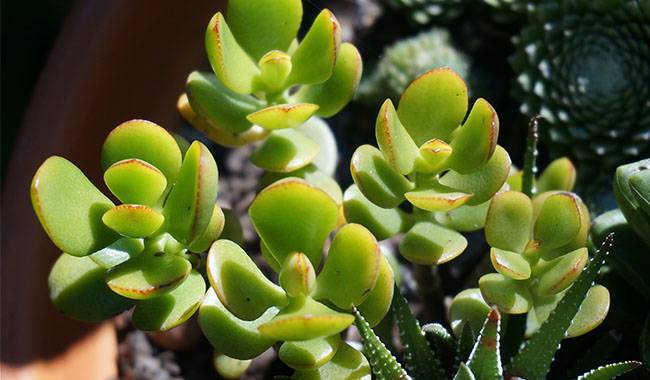
PROPAGATION METHODS OF CRASSULA
Crassula is usually propagated by stem or leaf cuttings. Most cultivars can tolerate some small degree of frost, but extreme cold or heat can cause them to drop their leaves and die.
Propagating Crassula by seed
Crassula seeds should be sown in a wide pot filled with a substrate consisting of sand and potting soil (1:2). The container should be covered with glass, the condensation removed daily, and the seeds aired regularly. Then, 15 days later, the first seedlings should appear. Once the seedlings have grown slightly, they should be unpacked and placed in a large container, keeping a distance of 10 mm between the bushes, which must be filled with a substrate consisting of light turf and leaf soil and sand (1:2:1). After harvesting, place the pot containing the seedlings in bright, diffused light. Once the shrubs have grown and become stronger, they should be unpacked into individual pots up to 50-70 mm in diameter and should be filled with a substrate consisting of turf and leaf soil, and sand (1:1:1). They should be kept at a temperature of 60-64 °F (16-18°C) as long as they do not root and are planted permanently.
Propagation of Crassula by cuttings
Propagation of Crassula by cuttings is much easier and faster than propagation by seed. The leaves, as well as the stems, can be used as cuttings. Cut a large leaf plate or a large shoot with a very sharp knife and cover the cuttings with crushed charcoal. They should wilt for 2-3 days and then be planted in a substrate consisting of leafy soil and sand for rooting. They can also be rooted in water mixed with charcoal. Once the plugs have grown roots, they should be planted in individual pots with a diameter of 50-70 mm. Fill them with a substrate (1:1:1) consisting of turf and leafy soil and sand. These shrubs are then moved to their permanent position and cared for in the same way as adult plants.
PESTS AND DISEASES OF CRASSULA
The greatest danger to Crassula is the stagnation of liquids in the substrate, as this can develop rot at the base of the root system and trunk. This culture belongs to those plants where an excessively dry root ball is less harmful than frequent watering. In addition, such a flower is strongly harmed by air currents, and if he catches a cold, it will begin to dry out, and the leaves will fall off.
On such a plant can settle mealybugs, and remove them from the leaves, wet them with cotton balls in alcohol. In some cases, it settles on a crust and gets rid of them. The shrub should be sprayed with Actellic (Pirimiphos-methyl). If a shrub has not been watered for a long time, it will be occupied by spider mites, which can be identified by the thin cobwebs that form on the leaves. They can be controlled with Actellic (Pirimiphos-methyl).
More Related Information About Planting & Growing Ornamentals Plant




